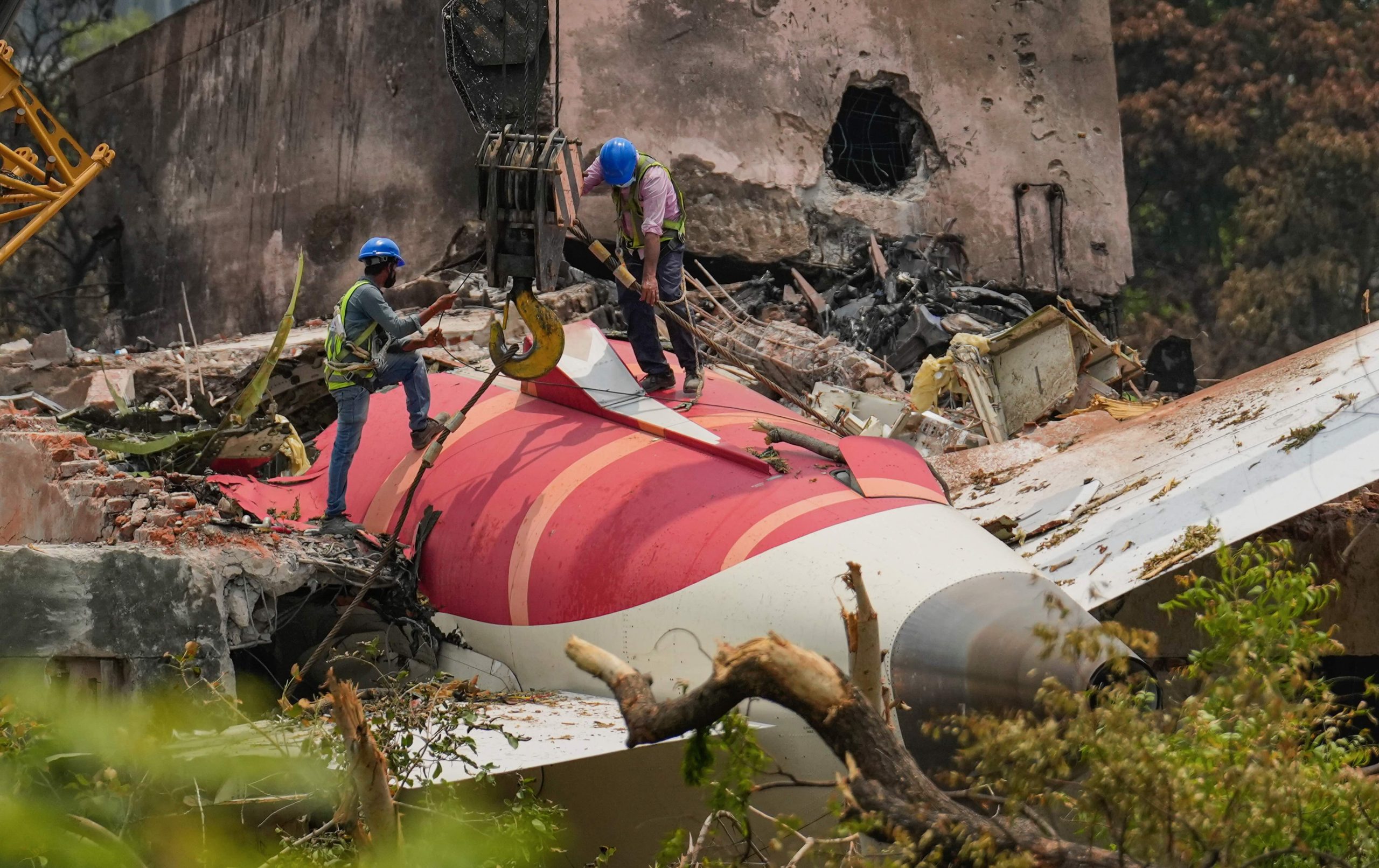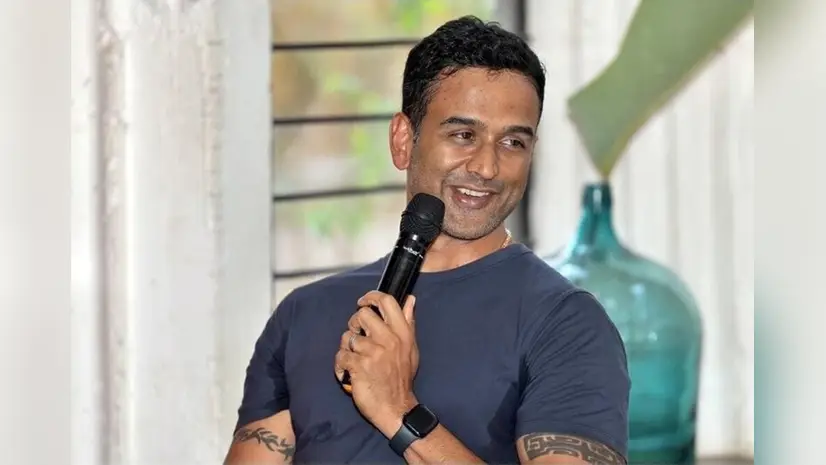Boeing 787 Fuel-Switch Glitch: Was the Air India Crash Inevitable?

By Paras Team • Updated July 17, 2025
The preliminary probe into June’s tragic Air India Flight 171 crash (Ahmedabad → London) has focused attention on a mysterious fuel-system malfunction—and a similar incident in Japan back in 2019.
What happened in Ahmedabad
- According to the Aircraft Accident Investigation Bureau (AAIB), the Boeing 787’s fuel control switches moved from <run> to <cutoff> soon after takeoff, causing both engines to fail. Although the switches were restored to <run>, the aircraft stalled before it could recover Business Standard+15Business Standard+15News.com.au+15The Business Standard+4The Week+4euronews+4.
- Cockpit voice recordings reveal a tense exchange: one pilot asked, “Why did you cut off fuel?” The other denied responsibility News.com.au+15Business Standard+15euronews+15.
- As a result, the aircraft crashed into a hostel building ~30 seconds after takeoff, killing 241 onboard and 19 on the ground; one passenger survived New York Post+6Wikipedia+6Wikipedia+6.
Déjà vu: The 2019 ANA Incident
- Aviation expert Mary Schiavo recalls a 2019 All Nippon Airways (ANA) 787 flight in Japan, where the fuel switch flipped during final approach due to a software glitch in Boeing’s Thrust Control Malfunction Accommodation (TCMA) system Reuters+3Business Standard+3Business Standard+3.
- That flight experienced a flameout on landing rollout–fortunately, no casualties.
Technical vs. Human Error?
- Boeing and the FAA had issued a 2018 advisory about potential risks if fuel‑switch locks were disengaged. However, they emphasize this did not imply an unsafe design Reuters+2Business Insider+2New York Post+2.
- AAIB found no mechanical or maintenance issues on the Ahmedabad plane The Times+15Reuters+15Reuters+15.
- Fuel-switch operation requires deliberate force and lifting the lock—a move unlikely to be accidental. Yet so far, the investigation hasn’t ruled out pilot action The Business Standard+8Business Insider+8The Sun+8.
What’s Next?
- Authorities worldwide, including India’s DGCA and airlines like Singapore Airlines, Lufthansa, Qantas, ANA, and Japan Airlines, are conducting fleet inspections of Boeing 787 and certain 737 models to examine fuel‑switch locking systems Business Insider+1New York Post+1.
- The AAIB’s final crash report is expected within a year—it may clarify whether the switch activation was due to software, design, human error, or intent.
- The incident has revived calls for mandatory cockpit video recorders, to capture actions that voice recorders alone cannot reveal The Business Standard+10Reuters+10Indiatimes+10.
Final Take
The Ahmedabad crash remains shrouded in uncertainty: was it a repeat of the 2019 software glitch, a rare mechanical oversight, or something more deliberate? While regulators carry out precautionary checks, the aviation community awaits definitive answers—and hopes for new safety standards.












https://shorturl.fm/1lHaO
https://shorturl.fm/Q3oBS
https://shorturl.fm/bYOCj
https://shorturl.fm/DBdxv
https://shorturl.fm/HbV97
https://shorturl.fm/9sTBK
https://shorturl.fm/PNRT3
https://shorturl.fm/2fVRN
https://shorturl.fm/aVMEh
https://shorturl.fm/SrTig
https://shorturl.fm/9sWZP
https://shorturl.fm/EEJNK
https://shorturl.fm/meREs
https://shorturl.fm/bmRRB
https://shorturl.fm/pb2xM
https://shorturl.fm/Jkv32
https://shorturl.fm/AThiQ
Discover legal alternatives with our region-filtered casino mirror guide.
https://shorturl.fm/vBsNp
https://shorturl.fm/iyeXF
https://shorturl.fm/URhM9
https://shorturl.fm/bkqPl
https://shorturl.fm/s584G
https://shorturl.fm/7xXgp
https://shorturl.fm/i0yZX
https://shorturl.fm/Bt7hH
https://shorturl.fm/RY46L